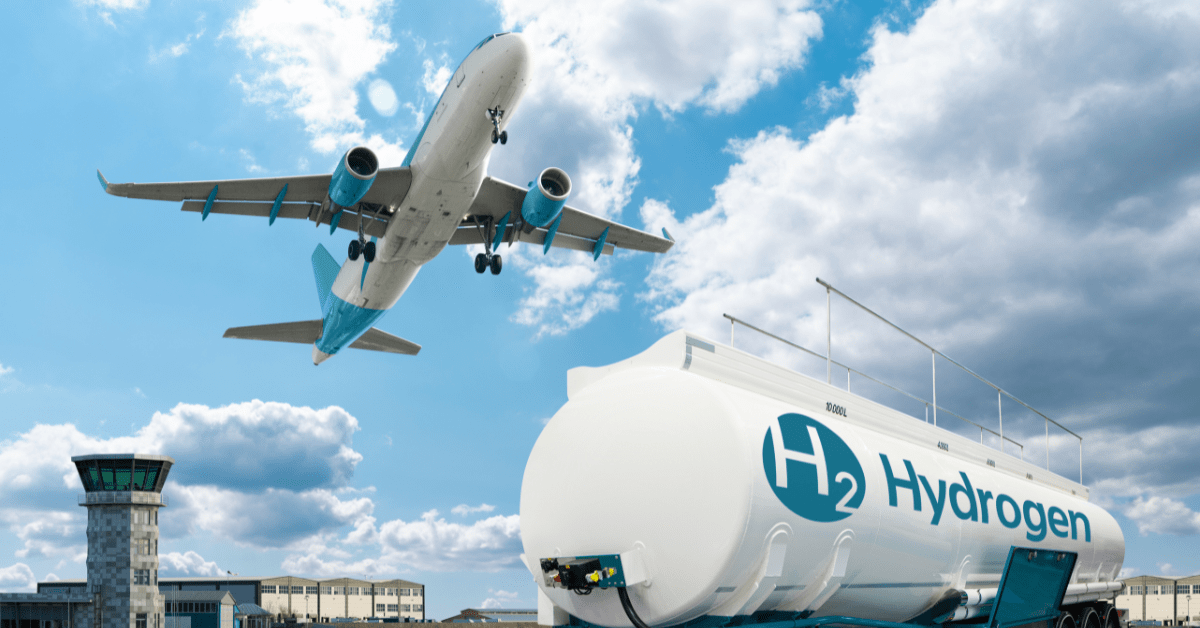How are brokers helping to drive the fuelling transition?
Navigating the Future of Low-Carbon Shipping Fuels

The shipping industry stands at a critical juncture as it seeks to transition to low-carbon fuels. The International Maritime Organization (IMO) has set an ambitious target of achieving net-zero emissions by 2050. However, the ongoing indecision regarding fuel choices is hindering progress. In this context, informed brokers can play a pivotal role in driving momentum towards sustainable practices while meeting commercial objectives. This article explores the current landscape of shipping fuels, focusing on methanol, LNG, and ammonia, and the challenges that lie ahead.
The Rise of Methanol in Shipping
Methanol has emerged as a leading contender in the dual-fuel vessel market. Since Maersk’s pioneering move in 2021, methanol dual-fuel (DF) vessel contracting has surged, accounting for 12% of contracted gross tonnage (GT) over 5,000 GT in 2023. This growth can be attributed to a relatively low capital expenditure (capex) premium on DF engines and a promising supply-side outlook, with new projects continually being announced. As a result, methanol has gained prominence as a viable alternative to traditional fuels.
Despite the competition between LNG and methanol, the latter’s popularity has led to a notable decline in LNG dual-fuel vessel contracting, which dropped from 28% in 2022 to 14.7% in 2023. This shift is partly due to rising gas prices following sanctions on Russian gas. However, late 2023 saw a potential resurgence for LNG when CMA CGM altered its order from methanol DF to LNG DF vessels. This change, although understated, signals a cautious approach among industry leaders who recognize the risks of relying solely on one fuel type. Maersk echoed this sentiment by announcing plans to diversify its fuel portfolio, emphasizing bio-LNG over fossil LNG. The limited availability of green methanol poses a significant challenge, as shipping companies must secure long-term offtake agreements at prices significantly higher than conventional fuels.
Challenges in the Transition to Low-Carbon Fuels
The transition to low-carbon fuels is fraught with challenges, particularly regarding the availability and cost of essential fuels like e-methanol and ammonia. While regulations such as FuelEU Maritime and the IMO’s upcoming Global Fuel Intensity Requirement aim to make low-carbon fuels commercially viable, the gradual implementation of these regulations complicates the situation. Shipping companies will need to commit to long-term agreements to support e-methanol projects, but the current market dynamics make this a daunting task.
The high cost of low-carbon fuels remains a significant barrier. Methanol project developers are heavily reliant on shipping as their primary offtakers, which necessitates long-term commitments at elevated prices. This model has yet to prove commercially viable, even for industry leaders like Maersk. In contrast, LNG and bio-LNG are driven by demand from sectors outside shipping, providing a more stable foundation for their adoption.
Moreover, the competition for biogenic CO2, essential for producing e-methanol, could constrain shipping’s ability to secure sufficient supplies. While ammonia presents a promising alternative, its development is hindered by the need for advanced engine technology. Although progress is being made, it may take years before ammonia dual-fuel vessels become commonplace.
Gas and Heat and RINA to cooperate on ammonia fuelled bunker vessel
Looking Ahead: Collaboration for a Sustainable Future
As the shipping industry grapples with rising emissions, the urgency for a green transition cannot be overstated. While waiting for a perfect solution could stall progress, the continued use of LNG and bio-LNG as transitional fuels is essential. These options offer immediate reductions in greenhouse gas emissions and provide a pathway for scaling up low-carbon fuel adoption.
Collaboration among stakeholders—brokers, shipowners, and fuel developers—will be crucial in overcoming the hurdles associated with this transition. The journey may be complex, but with informed guidance and strategic planning, the shipping industry can navigate towards a more sustainable future. By embracing a diverse fuel mix and fostering innovation, the sector can align its commercial objectives with the imperative of reducing its carbon footprint.
